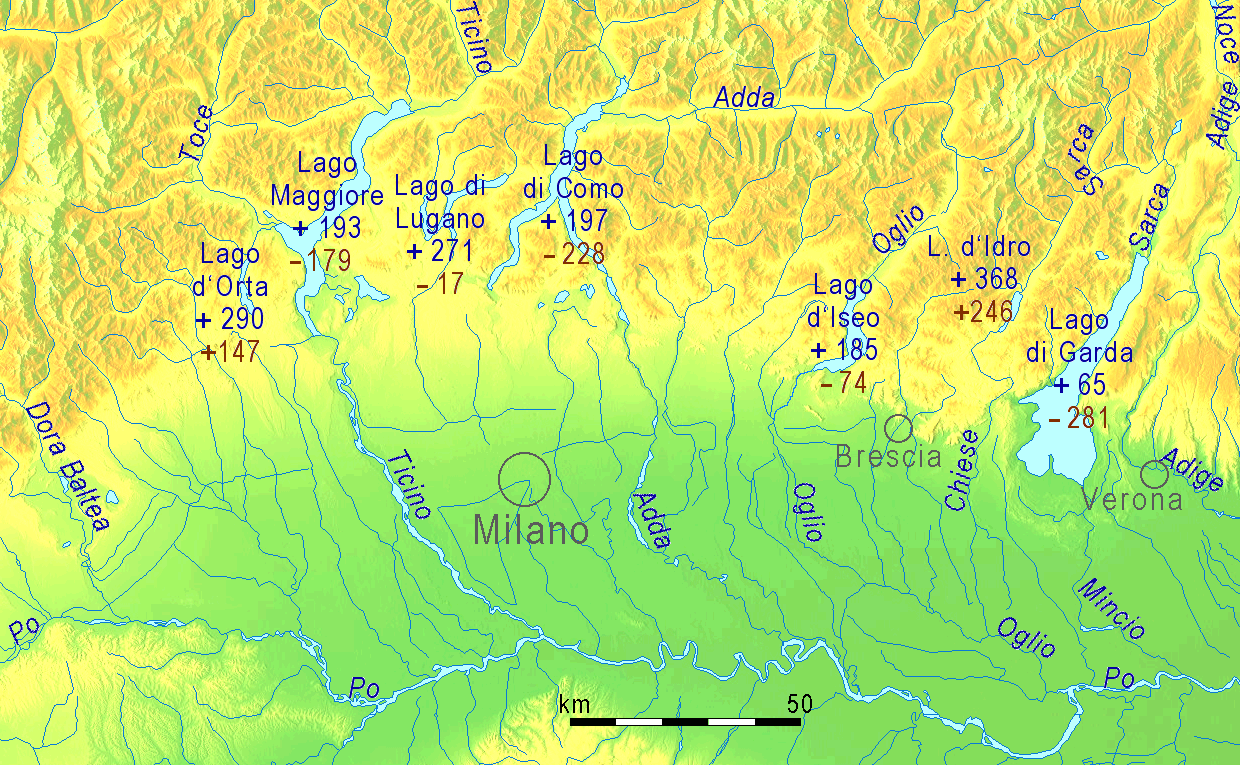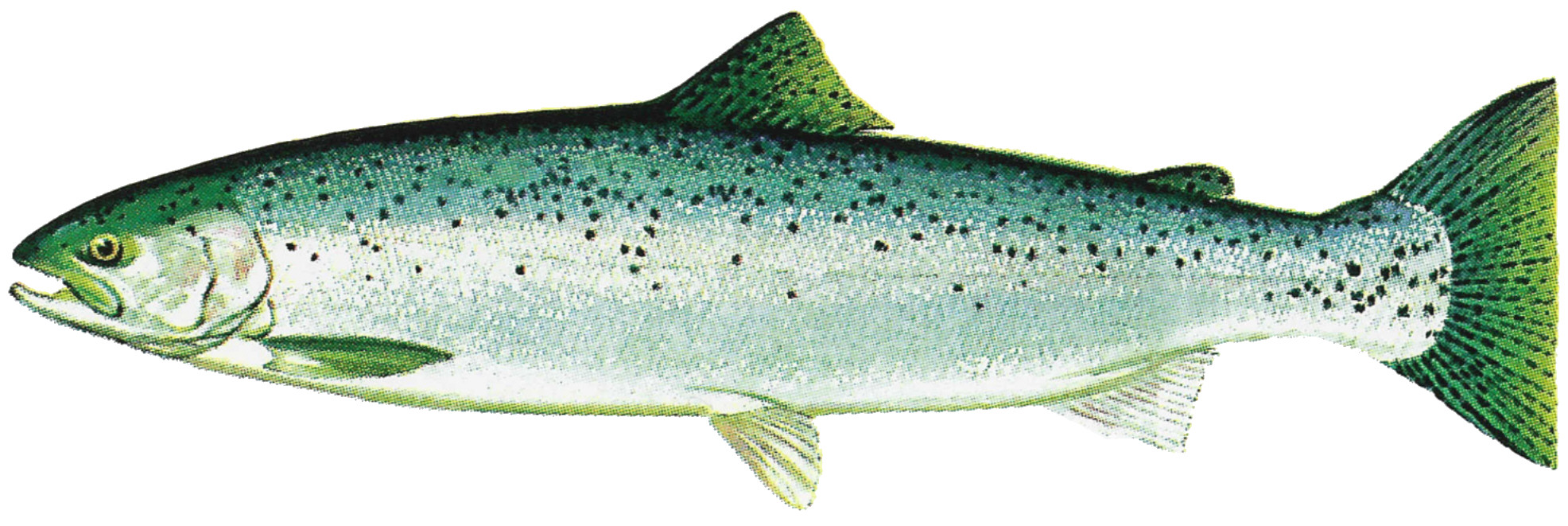|
Colico Lake
Colico Lake is located in the La Araucanía Region of Chile. The neighboring Caburgua Lake lies to the east of the lake and the Villarrica Lake to the south. The lake is the second deepest entirely within chilean borders (next to Grey Lake). Colico Lake is the deepest non-cryptodepression in Chile. Species of fish in the lake include Rainbow trout and Odontesthes bonariensis, pejerrey. Nearby flora includes trees such as Nothofagus dombeyi, coigue and oak, and shrubs such as Embothrium coccineum, Chilean firebush, Fuchsia magellanica, hummingbird fuchsia, and Chusquea quila, quila. References Lakes of Chile, Colico Lakes of Araucanía Region {{Araucanía-geo-stub ... [...More Info...] [...Related Items...] OR: [Wikipedia] [Google] [Baidu] |
Cautín Province
Cautín Province () is one of two Provinces of Chile, provinces in the southern Chilean Regions of Chile, region of La Araucanía Region, La Araucanía (IX), bounded on the north by Arauco Province, Arauco and Malleco Province, Malleco provinces, on the east by Argentina, on the south by Valdivia Province, and on the west by the Pacific Ocean. Its population at the 2012 census was of 692,582. The most important Communes of Chile, communes are Temuco, Villarrica, Chile, Villarrica, Padre Las Casas, Chile, Padre Las Casas, and Nueva Imperial. Cattle, forestry, and agriculture make up most of Cautin's economy. Its climate is humid, rainy in winter, and generally warm in summer. History Cautin province once formed part of the territory occupied by the Araucanía (historic region), Araucanian natives, and its present political existence dates from 1887. Cautín Province was the last area to be taken by Chile during the occupation of the Araucanía. Cautin is known for the Cautin Agraria ... [...More Info...] [...Related Items...] OR: [Wikipedia] [Google] [Baidu] |
Cryptodepression
A cryptodepression is a depression in the Earth's surface that is below mean sea level, and which is filled by a lake. The term is derived from the Ancient Greek word ("hidden") and depression. Description A cryptodepression is often the result of a rift valley or a glaciation. Such lakes are often long and narrow, and the surrounding landscape and the shore of the lake can be very steep. Examples Lago O'Higgins/San Martín has a surface elevation of 250 meters and a maximal depth of 836 meters, yielding a cryptodepression of 586 meters. * ''Glacial lakes and moraine-dammed lakes'': major prealpine lakes in Italy have cryptodepressions created by erosion. In other parts of the Alps, Swiss, Bavarian and Austrian lakes, cryptodepressions are not found because the lakes have significantly higher elevations. Glacial lakes creating cryptodepressions also occur in Norway, Chile, Argentina, Newfoundland, New Zealand, and Scotland. In North America, four of the five Great ... [...More Info...] [...Related Items...] OR: [Wikipedia] [Google] [Baidu] |
Chusquea Quila
''Chusquea quila'', or , is a perennial bamboo that grows in the humid temperate forests of Chile and Argentina. In contrast to most bamboos, it grows as a dense, climbing or decumbent shrub. Its aerial culms are solid, unlike most bamboos, which have hollow culms. Chusquea quila may form pure stands called ''quilantales'' occupying all the understory of a forest. ''Chusquea quila'' and whole quilantales flower every 10 to 30 years (or 18 to 20 years in some accounts). The seeding that follow the flowering has been associated with mouse vermin. Flour can be prepared from its seeds and its shoots are edible. ''Chusquea quila'' species have been historically harvested for seed by indigenous peoples. Mapuche The Mapuche ( , ) also known as Araucanians are a group of Indigenous peoples of the Americas, Indigenous inhabitants of south-central Chile and southwestern Argentina, including parts of Patagonia. The collective term refers to a wide-ranging e ... and Pehuenche peop ... [...More Info...] [...Related Items...] OR: [Wikipedia] [Google] [Baidu] |
Fuchsia Magellanica
''Fuchsia magellanica'' – commonly known as the hummingbird fuchsia, hardy fuchsia or chilco (from "watery") – is a species of flowering plant in the evening primrose family (botany), family Onagraceae, native to the lower Southern Cone of southern South America. Description This sub-shrub with long, arcuate stems can grow to in height and width in frost-free climates, and where colder.Its leaves grow in whorls of 3-4 per node or sometimes opposite, are ovate to lanceolate, 2.5-6 cm long, and 1-2 cm wide, with serrate margins and petioles 0.5-1 cm long. The plant blossoms profusely over a long period with many small and tubular pendent flowers, in brilliant shades of red and purple, softer shades of pink and lavender, and some in white. The perfect flowers are axillary and pendent, with peduncles 3-4.5 cm long, a magenta floral tube 10-13 mm long, magenta sepals 20-25 mm long, and dark purple petals 10-13 mm long that become convolute after anthesis. The stamens are exs ... [...More Info...] [...Related Items...] OR: [Wikipedia] [Google] [Baidu] |
Embothrium Coccineum
''Embothrium coccineum'', Chilean firetree or Chilean firebush, commonly known in Chile and Argentina as ''notro'', ''ciruelillo'' and ''fósforo'' is a small evergreen tree in the flowering plant family Proteaceae. It grows in the temperate forests of Chile and Argentina. Description The Chilean firetree grows 4–15 m (13–50 ft) tall and can reach 50 cm (20 in) in diameter. The bark is dark grey with light spots and the wood is light pink in colour. It produces clusters of deep red flowers (occasionally pale yellow) and Blossom, flowering occurs in spring. The fruit is a dry Follicle (fruit), follicle, with about 10 seeds inside. Uses It is grown as an ornamental in Great Britain and the United States, and as far north as the Faroe Islands at 62° North latitude. The plant was introduced to Europe by William Lobb during his plant collecting expedition to the Valdivian temperate forests in 1845–1848. It was described by Kew Gardens as:"Perhaps no tree cult ... [...More Info...] [...Related Items...] OR: [Wikipedia] [Google] [Baidu] |
Nothofagus Dombeyi
''Nothofagus dombeyi'', Dombey's beech, coigue, coihue or coigüe (from Mapudungun ''koywe'') is a tree species native to southern Chile and the Andean parts of Argentine Patagonia. It is a fast-growing species that can live in a wide range of climatic conditions, and forms dense forests. It is cultivated for its timber, and as an ornamental subject. The shadow produced by stands of ''Nothofagus dombeyi'' is an important factor that keeps the air around streams cool and with relatively low daily temperature variations. Description It can become a large tree, up to high and in diameter. One tree, felled by a storm in 1954, reportedly measured in diameter at the height of a man's chest and a total volume, including the branches, of 87 m³. The coihue usually has elegant branches which are flattened horizontally. The leaves are evergreen, small (25–40 mm long and 10–16 mm wide), thick, coriaceous (leathery) and lustrous, dark green, with toothed borders and an ... [...More Info...] [...Related Items...] OR: [Wikipedia] [Google] [Baidu] |
Odontesthes Bonariensis
''Odontesthes bonariensis'' is a species of Neotropical silverside, an euryhaline fish native to fresh, brackish and salt water in south-central and southeastern South America, but also Introduced species, introduced elsewhere. It is often known by the common name Argentinian silverside or pejerrey (the latter is of Spanish origin, meaning "king fish," the Latin ''piscis'' given rise to "pez," ''fish'', and "peje," a kind of fish, and "rey," ''king''), but it is not the only species of silverside in Uruguay and Argentina and pejerrey is also used for many other silversides. It is a commercially important species and the target of major fisheries. ''O. bonariensis'' resembles the other species in the genus ''Odontesthes'', but it is larger, generally reaching up to in total length, and exceptionally as much as long and in weight (reports of even larger are unconfirmed and questionable). Range, habitat and status ''Odontesthes bonariensis'' is native to subtropical and temperate ... [...More Info...] [...Related Items...] OR: [Wikipedia] [Google] [Baidu] |
Rainbow Trout
The rainbow trout (''Oncorhynchus mykiss'') is a species of trout native to cold-water tributary, tributaries of the Pacific Ocean in North America and Asia. The steelhead (sometimes called steelhead trout) is an Fish migration#Classification, anadromous (sea-run) form of the coastal rainbow trout or Columbia River redband trout that usually returns to freshwater to Spawn (biology), spawn after living two to three years in the ocean. Adult freshwater stream rainbow trout average between , while lake-dwelling and anadromous forms may reach . Coloration varies widely based on subspecies, forms, and habitat. Adult fish are distinguished by a broad reddish stripe along the lateral line, from gills to the tail, which is most vivid in breeding males. Wild-caught and Fish hatchery, hatchery-reared forms of the species have been transplanted and introduced for food or sport in at least 45 countries and every continent except Antarctica. Introductions to locations outside their nativ ... [...More Info...] [...Related Items...] OR: [Wikipedia] [Google] [Baidu] |
Grey Lake
Grey Lake is a glacially fed lake in Torres del Paine National Park, southern Chile. Gallery File:Parque nacional Torres de Paine.svg, Grey Lake, in the Torres del Paine National Park File:Patagonia-88 (26207532472).jpg, A bergy bit iceberg on Grey Lake from Grey Glacier File:Firebush (Embothrium coccineum) near Grey Glacier (5501081687).jpg, Firebush (''Embothrium coccineum'') near Grey Lake References External links * Grey Grey (more frequent in British English) or gray (more frequent in American English) is an intermediate color between black and white. It is a neutral or achromatic color, meaning that it has no chroma. It is the color of a cloud-covered s ... Lakes of Magallanes Region Glacial lakes of Chile Torres del Paine National Park {{MagellanAntarctic-geo-stub ... [...More Info...] [...Related Items...] OR: [Wikipedia] [Google] [Baidu] |
Villarrica Lake
Lake Villarrica, also known as Mallalafquén (its pre-Hispanic name is Mapudungun), is located about 700 kilometers south of Santiago in Chile's Lake District in the southeast area of the Province of Cautín. On its east shore lies the city of Pucón, a major tourist attraction and a popular ski resort, and on the west shore lies the town of Villarrica. Water sports such as sailing, kayaking, sport fishing and water skiing are popular in the summer due to the lake's warm waters (surface temperatures range from 19 to 22 °C). In winter, the average water temperature is around 10 °C. The Villarrica Volcano, one of the ten most active in the world, is situated to the south of the lake. There are two Chile National Parks close by: the Huerquehue and the Villarrica. The latter is famous for its natural hot springs A hot spring, hydrothermal spring, or geothermal spring is a Spring (hydrology), spring produced by the emergence of Geothermal activity, geothermall ... [...More Info...] [...Related Items...] OR: [Wikipedia] [Google] [Baidu] |
Caburgua Lake
Caburgua Lake () is located 23 km northeast of the city of Pucón, in the La Araucanía Region of Chile. Huerquehue National Park lies to the east of the lake. Like Villarrica Lake, it is part of Toltén River basin. During summer the outflow river may dry out but due to high levels of underground infiltration the waterfalls Ojos del Caburgua never run dry. The lake occupies a glacial valley carved out along the Liquiñe-Ofqui Fault. In the Holocene the valley was blocked by lava flows from the Volcanes de Caburgua. The lake has recently gained notoriety for the holiday residences of people like former Presidents Sebastián Piñera and Michelle Bachelet Verónica Michelle Bachelet Jeria (; born 29 September 1951) is a Chilean politician who served as President of Chile from 2006 to 2010 and again from 2014 to 2018, becoming the first woman to hold the presidency. She was re-elected in December .... History The earliest Caburgua inhabitants before the Spanish were ... [...More Info...] [...Related Items...] OR: [Wikipedia] [Google] [Baidu] |




